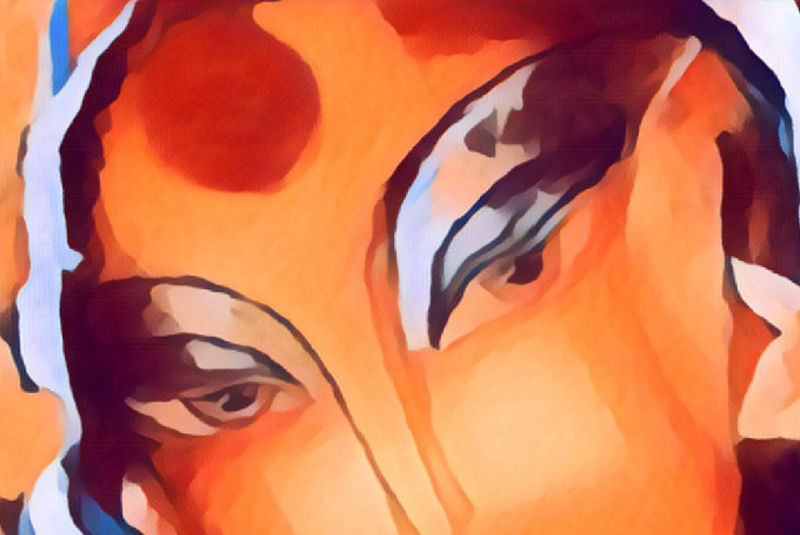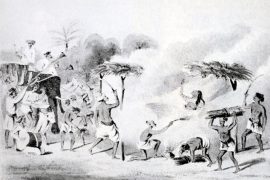The veteran singer Gwen Stefani doesn’t like social media these days. Back in the 90s and early 2000s, people were able to express themselves in other cultures. There was a healthy cultural exchange, not chastised by social media trolls. The cultural sphere wasn’t inundated with trolls who would dictate –or judge– socio-political norms. That space allowed her to wear a bindi on her forehead as a fashion statement.
But nowadays, she is being chastised by people on social media, and news outlets are asking her to acknowledge her bindi-wearing days as “cultural appropriation.” The person behind her bindi was, however, her boyfriend’s mom, who would go out to parties wearing sarees and bindis. Stefani found it cool. Seeing that she liked it, the mom gave it to her. Since then, she began wearing bindis to public events. This may seem like a valid explanation. But it isn’t.
The bindi isn’t a fashion statement. It has religious significance, symbolises caste oppression. The term ‘bindi’ comes from the Sanskrit word ‘bindu,’ which means a dot. Usually, it is a red mark on the forehead. Over time it developed into various forms. Although the bindi is synonymous with women, men can also wear it.
The bindi has different names, based on the shape and size – tilak, sindoor, bottu, and kumkum are the common ones. Sindoor, for instance, has a specific significance. It is red vermillion used on the scalp that divides the hair to indicate that a woman is married. Similarly, black bindi indicates widowhood in South India.
-30-
Copyright©Madras Courier, All Rights Reserved. You may share using our article tools. Please don't cut articles from madrascourier.com and redistribute by email, post to the web, mobile phone or social media.Please send in your feed back and comments to editor@madrascourier.com











